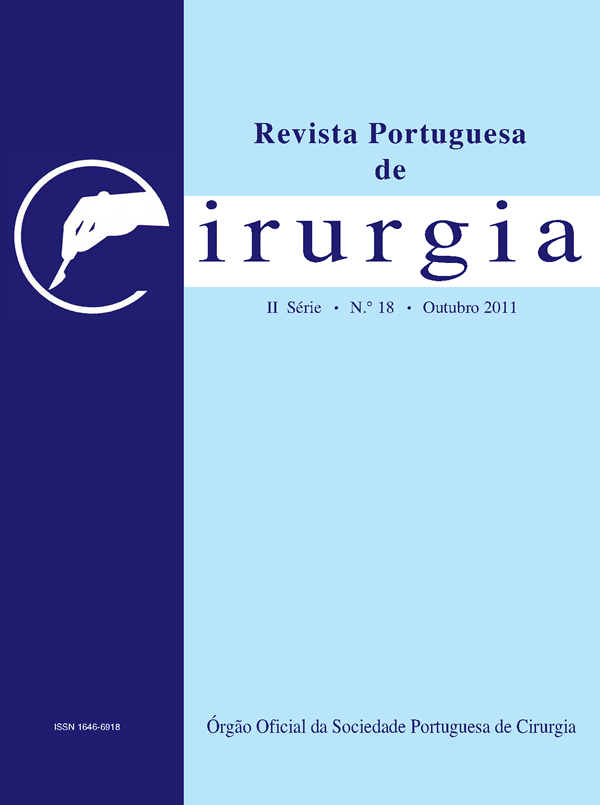Giant Hepatic Cavernous Hemangioma
Abstract
Introduction: Cavernous hemangiomas are the most frequent benign tumors of the liver, with an incidence of 1.4-20% and female predominance, in a ratio ♀: ♂ of 2-6:1. Although most of these are asymptomatic and thus can be adequately maintained on regular clinical and imaging, is a lawyer that larger lesions may become symptomatic becaming an indication for surgical treatment.
Case report: Male, 54 years, referred to the emergency department by presenting in routine imaging study “two nodules, one in the left lobe and the other with 11.1 cm in the right lobe to 26mm, the first compatible with cavernous hemangioma. Followed on Surgery Consultation to continued study and vigilance. Because lesion size and imagiologic atypical type, submitted to laparotomic segmentectomy III. Discharged on the 5th day with a good postoperative evolution. Histopathology revealed a “nodular and lobulated lesion, with 12x11x8cm, compatible with cavernous hemangioma.
Discussion: In 85% of cases, hepatic hemangiomas are an incidental finding and rarely symptomatic. Hemangiomas larger than 4 cm are defined as giant, and are most often associated with symptoms. The main indications for surgical treatment are the appearance of symptoms in patients whose surgical risk is acceptable, and / or diagnostic uncertainty. Among the procedures include hepatic segmentar resection, lobectomy, enucleation and angioembolization. The case presented by the press giant cavernous hemangioma size, location, less frequent in the left lobe, the male and success of segmentar resection.
Keywords: hemangioma, giant hemangioma, surgical treatment.
Downloads
Downloads
Published
Issue
Section
License
Para permitir ao editor a disseminação do trabalho do(s) autor(es) na sua máxima extensão, o(s) autor(es) deverá(ão) assinar uma Declaração de Cedência dos Direitos de Propriedade (Copyright). O acordo de transferência, (Transfer Agreement), transfere a propriedade do artigo do(s) autor(es) para a Sociedade Portuguesa de Cirurgia.
Se o artigo contiver extractos (incluindo ilustrações) de, ou for baseado no todo ou em parte em outros trabalhos com copyright (incluindo, para evitar dúvidas, material de fontes online ou de intranet), o(s) autor(es) tem(êm) de obter, dos proprietários dos respectivos copyrights, autorização escrita para reprodução desses extractos do(s) artigo(s) em todos os territórios e edições e em todos os meios de expressão e línguas. Todas os formulários de autorização devem ser fornecidos aos editores quando da entrega do artigo.



